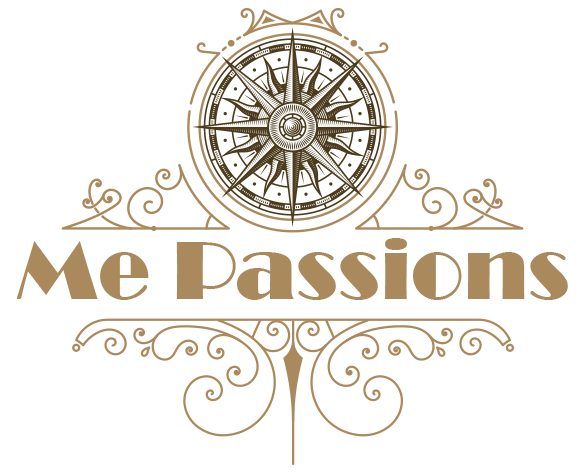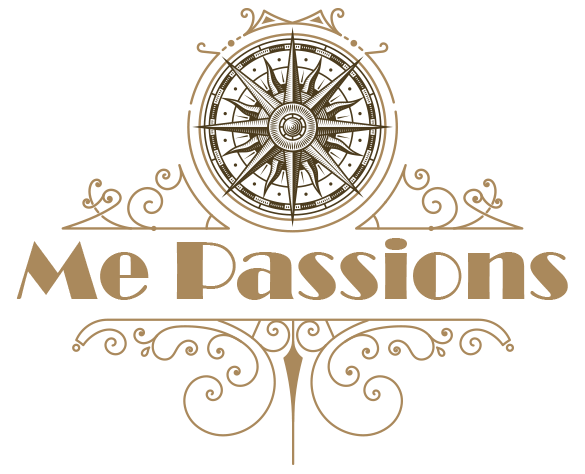In the previous four lessons of this series on chord embellishment basics, we’ve been exploring ways to add or change notes in open chord shapes to vary their sound. For the most part, we’ve worked these embellishments into strum or bass/strum patterns; the embellishments changed the chord quality or voicing, but the primary sound was still block chords—strumming all the notes together.
Now let’s take a step forward by breaking those block strums into smaller units—playing single notes or just a few strings in the chord at a time. This technique of picking notes across chord shapes lightens up your accompaniment, creating a fingerstyle type of sound even if you’re using a flatpick, and it works beautifully when applied to the types of embellishments we’ve covered. Essentially, by reducing the chords and focusing more on individual notes, you can shine a brighter spotlight on the embellishments themselves, so they start to sound like distinct riffs. That’s where we’ll head in this lesson.
Cross Picking with Hammer-Ons
The core technique we’re using here is a type of cross picking, a term that in bluegrass refers to playing banjo-esque rolling patterns, typically on groups of three strings. In this lesson I’ll apply cross picking as a more general technique that works in any style (for more, see “Cross-Picking Accompaniment” in the AG book/video Beyond Strumming).
Start with the pattern shown in the first measure of Example 1, a bass/strum on a G chord with a hammer-on added on the fifth string—this is the type of embellishment covered in the July/August 2024 Basics lesson. As shown in the notation, play all the notes with downstrokes of the pick.
Now, in measure 2, break up the G chord on the last beat, replacing the quarter note strum with two eighth notes (the open fourth and third strings). Use alternate picking for the eighth notes: down and up. Loop this measure until you can play it smoothly, and then move onto measure 3, where you also replace the first G chord strum with eighth notes. Now you’re playing all single notes. Let them ring together as much as possible. Throughout the example, hold down the entire G shape except when you need to lift your finger for the hammer-on.
In Example 2, play similar cross-picking patterns on C, D, Am, and Em chords, hammering onto one note in each chord shape. In the first measure of each chord grouping, strum a reduced chord on beat 2 and then play two eighth notes on beat 4; in the following measure, play all single notes.
String a few of these cross-picking patterns together in a short progression in Example 3. Take it slowly, and remember to maintain down-up picking on the eighth notes.
In these examples, notice how cross picking focuses the sound—the hammer-on embellishments aren’t overshadowed by strums and so stand out more.
Sus and Add Embellishments
Next, let’s apply this cross-picking approach to sus and add embellishments, which were the focus of the September/October 2024 Basics lesson.
In Example 4, use a hammer-on to play a sus4 embellishment on C, G, and E chords. With all three chords, continue to hold the shape and add the sus4 with your fourth finger. On the G shape, fret the sixth string with your ring finger and fifth string with your middle finger, so your fourth finger is free to fret the suspended fourth (C). All these sus4 embellishments are shown as hammer-ons. If you have trouble getting the hammered notes to sound clearly, you can also pick the notes individually.
Example 5 showsa couple of sus2 embellishments on an A shape. Fret the A with three fingers (X01230 or X02130) rather than a barre so you can easily open up the second string for the sus2.
Now play a series of embellishments on a D chord in Example 6, using the suspended second (open E) and fourth (G on string 1, fret 3) with hammer-ons and pull-offs. Played with single notes, the embellishments create nice little melodic phrases.
A and D embellishments like these are integral to James Taylor’s signature sound and his songwriting. Slow down the tempo and play Example 7, and you’ll instantly recognize the sound from songs like “Country Road” and “Fire and Rain.”
Blues Colors
For the next series of examples, check out some embellishments that include the sixth, flatted seventh, and flatted third, as discussed in the January/February 2025 Basics lesson.
In Example 8, play an embellishment in which you hammer onto the sixth of the chord—a classic sound in rock, blues, country, and all sorts of music. In measure 1, hammer onto the sixth of a G chord (an E on the fourth string) with a single-note figure; in measure 2, add in the open third string along with the hammer-on to make it a thicker double-stop. Continuing with the example, play the same double-stop riff on C, D, and A shapes, hammering onto the sixth of each chord. Note the suggested fingerings: on the D and A, use an index finger barre so you can hammer on with your ring finger.
Simple embellishments like these can be the foundations of riffs that hold songs together. Example 9 is a case in point. It’s just a G chord with a couple of hammer-ons, but you may recognize it as a guitar adaptation of the organ riff from Bob Dylan’s “Positively Fourth Street.” Loop the G chord measure, then try the same riff on a C chord, and finally play a similar riff (modified to simplify the fingering) on A.
Now let’s bring the flatted seventh into the mix. In Example 10, play the same pattern applied to G, C, D, E, and A chords: the second half of every measure is a four-note riff that goes b7–fifth– b7–root. In this example and the ones that follow, play with a swing feel—that is, pairs of eighth notes should sound like the first and third notes of a triplet (see Here’s How on page 36 for a primer).
Ex. 10 includes a few variations. On G, E, and A, play the riff in both lower and higher octaves. On D, play the riff first with a D bass note and then with an F# bass note—that D7/F# is a go-to shape in acoustic blues. The first two measures on the A have the exact same pitches, but they are fingered differently: first with an open string, then with all fretted notes.
Check out a couple more bluesy cross-picked patterns in Example 11. On the E, hammer onto string 3 (a flatted/minor third to major third) and add the sixth on beat 4. On the B7, hammer onto string 4 (again a minor to major third) and add the ninth on beat 4. Picking across the chord shapes like this really highlights the chord colors you’re adding.
Cross-Picking Blues
To close out this lesson, play Example 12, a 12-bar blues in A that is cross picked throughout, with lots of flatted sevenths and a few minor-to-major-third moves.
Like many blues tunes, the example is built on repeating riffs. In measure 1, play a little riff melody on the A7, then shift it over to D7 in measure 2—the D7 version of the riff comes back in measures 5, 6, and 10 (the last time over an F# bass). Another A7 riff, introduced in measure 3, recurs at measures 4, 8, and 11.
As all these examples illustrate, just by breaking up strums and playing single notes across chord shapes, you can bring melodic lines out of your accompaniment and make embellishments pop. Try out this approach in other songs, picking single notes out of chord shapes to create your own patterns.




This article originally appeared in the March/April 2025 issue of Acoustic Guitar magazine.









